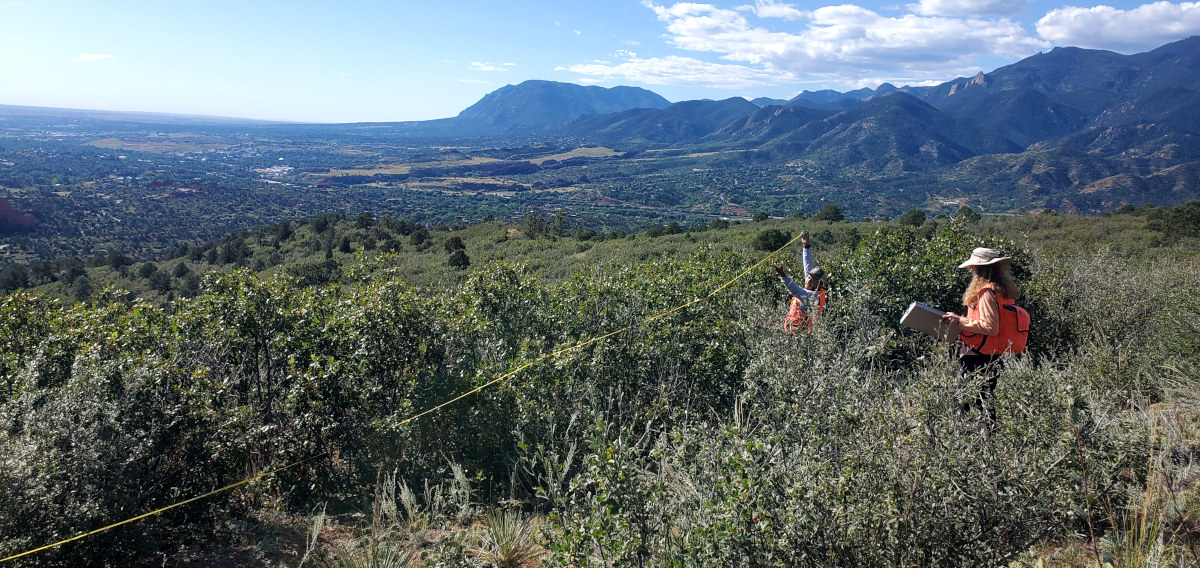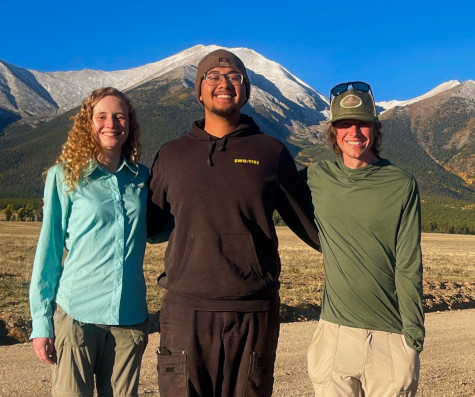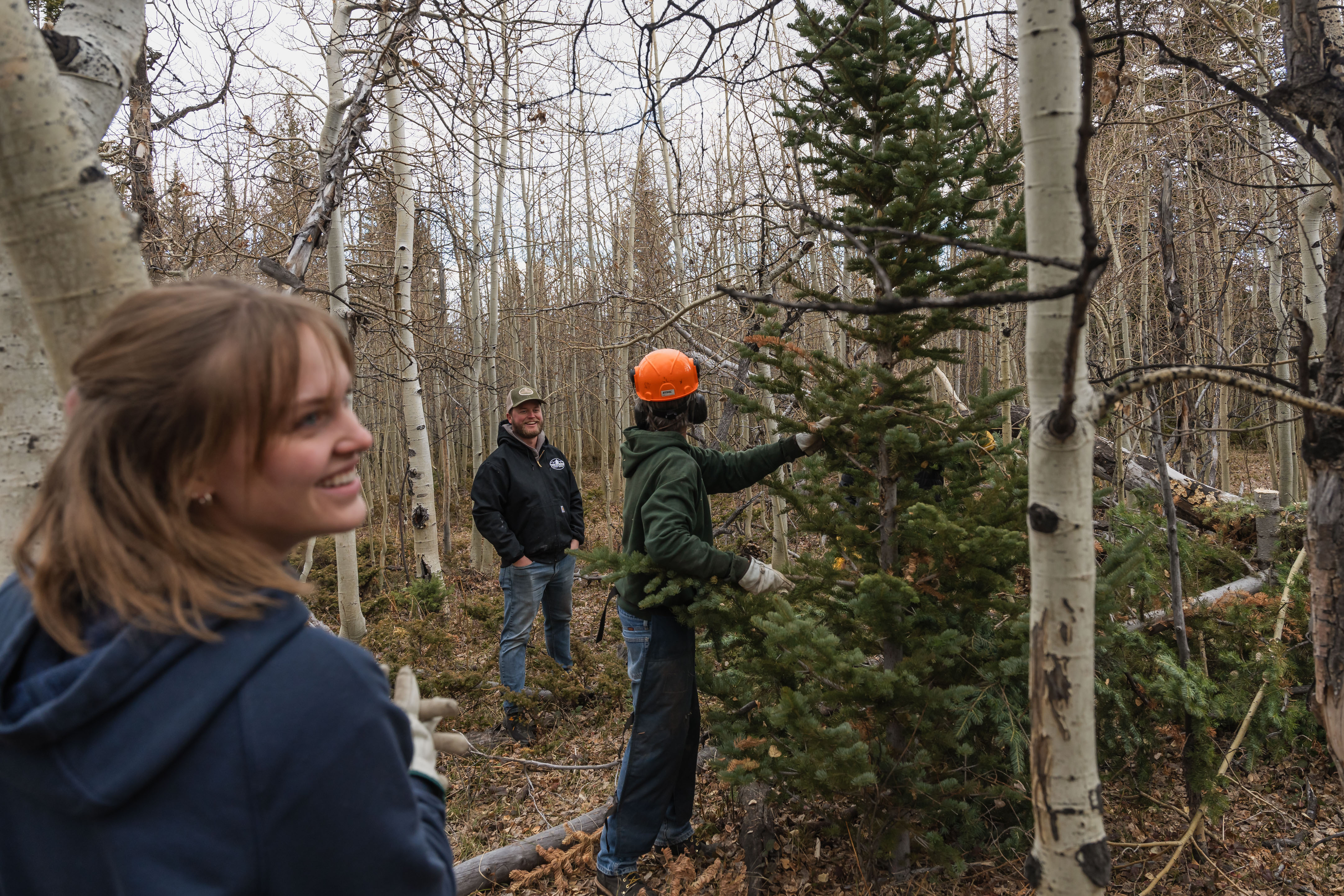
Reducing Wildland Fuels Through Pile Burning
When foresters complete forest management and fuels reduction treatments, they sometimes pile up the leftover, non-merchantable material. Trained Colorado State Forest Service personnel then burn these piles as an economical and effective method of disposing of excess wildland fire fuels.







